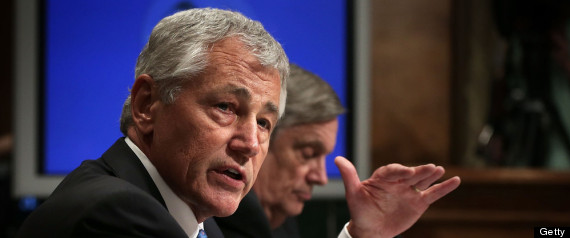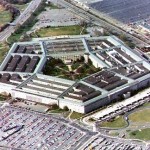
The Cost of Creativity
Money is a funny subject inside the Beltway.
Civil servants get by on proscribed grade-guided salaries that often mean commuting dozens of miles to work while those on Capitol Hill learn to walk with a practiced lean against the steady gale of dollars bending and twisting American politics.
 At the same time, the more than $1 billion in taxpayer dollars spent daily on defense and national security is essentially incomprehensible to the average American because of its scale. Among wonks, it is just as easy to get lost in the baroque aspects of Pentagon budgeting. Asking “how much?” instead of “why?” usually dominates conversation, particularly ahead of a full budget rollout, in part because it’s an easier question to answer.
At the same time, the more than $1 billion in taxpayer dollars spent daily on defense and national security is essentially incomprehensible to the average American because of its scale. Among wonks, it is just as easy to get lost in the baroque aspects of Pentagon budgeting. Asking “how much?” instead of “why?” usually dominates conversation, particularly ahead of a full budget rollout, in part because it’s an easier question to answer.
This week, Defense Secretary Chuck Hagel makes his case in Washington and to the troops for the Obama administration’s proposed fiscal 2015 budget plans that hew to at least $75 billion in cuts during the next two years and an approximately $500 billion cap. At war’s end, the tension between spending money on people or things only gets higher with each fiscal year. It will worsen if sequestration returns.
Of all the comments that have been made about what’s ahead, it’s worth paying attention to what Acting Deputy Secretary of Defense Christine Fox said Wednesday at the American Enterprise Institute. Fox, the former head of the Pentagon’s own office of eagle-eyed budget skeptics, made two important statements, which outsiders might see as contradictory.
The first was that the military’s four-year review due next month, the Quadrennial Defense Review, usually seen as an unconstrained wish list from top brass and senior officials, would be rooted in fiscal reality. The Pentagon could not put out a QDR, she said, that “did not match the world that we’re living” in.
Secondly, she called for more “creativity” in military spending and priorities. What more creative spending should entail is a focus on “enablers,” she noted, the technologies and systems such as electronic warfare or deception that can help a fighting force win with less. Yet these are also less costly investments without political constituents to fight for them in lean times. This approach needs support from on high. Her successor, Robert Work, should speak to this point once the hold on his nomination to the Pentagon’s No. 2 post is lifted.
Sadly, realism and creativity no longer play cards and drink cheap bourbon together in Capitol Hill’s shadow, as they once did. They are on opposite sides of the fiscal divide.
Even if the vision in the next QDR is tied down by today’s constraints and budget politics, it need not lack creativity. Big-ticket weapons, such as America’s unrivaled aircraft carriers, formed an important part of the narrative of U.S. military dominance and power projection. Today they are endangered because of their expense and abiding questions about their true wartime utility in the Pacific. How then to affordably project air power thousands of miles from American bases? The best answers will not be ones we have heard before.
Creativity counts more than ever, as our irregular adversaries have shown. Peer rivals will also want confront the U.S. on their terms, not ours. Pentagon planning must take an adversary’s imagination into account just as seriously as it considers the operational readiness of China’s carrier.
Fortunately, creativity is one of the few things in Washington that is still free.






[…] Read more at the American Security Project’s Flashpoint blog. […]
[…] The Cost of Creativity […]